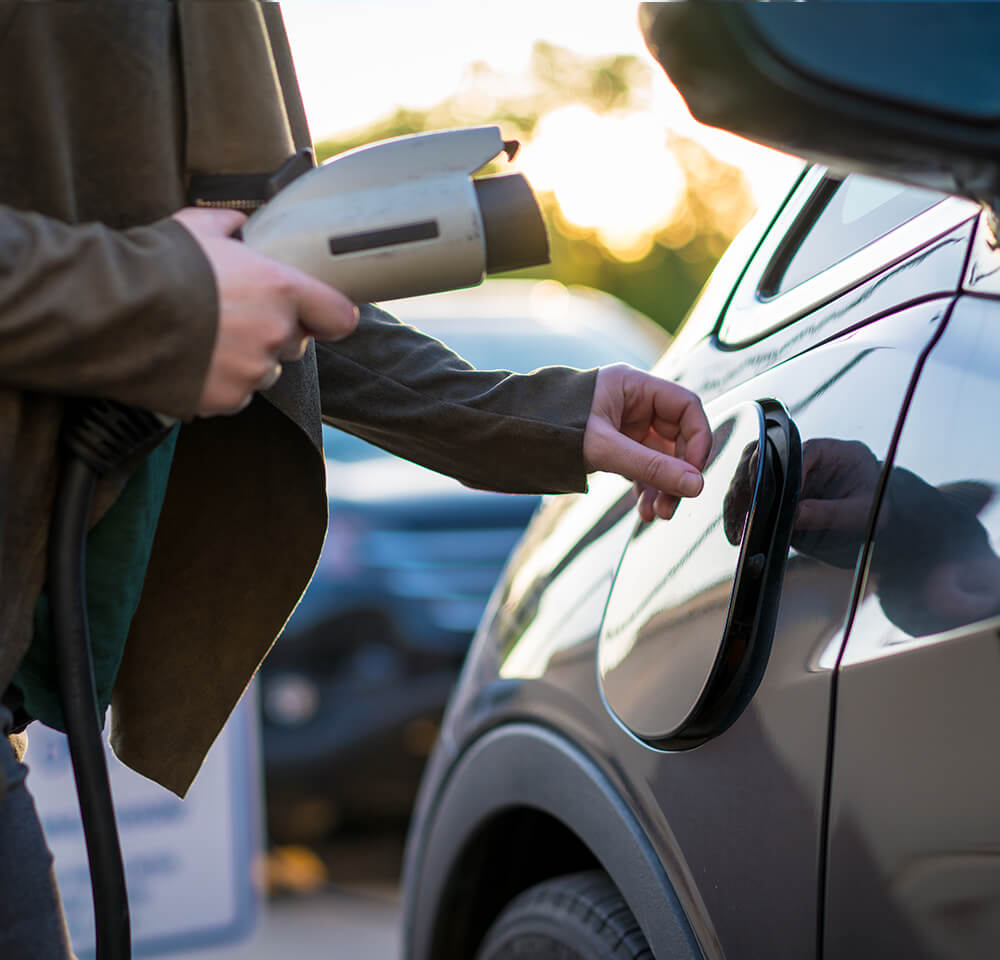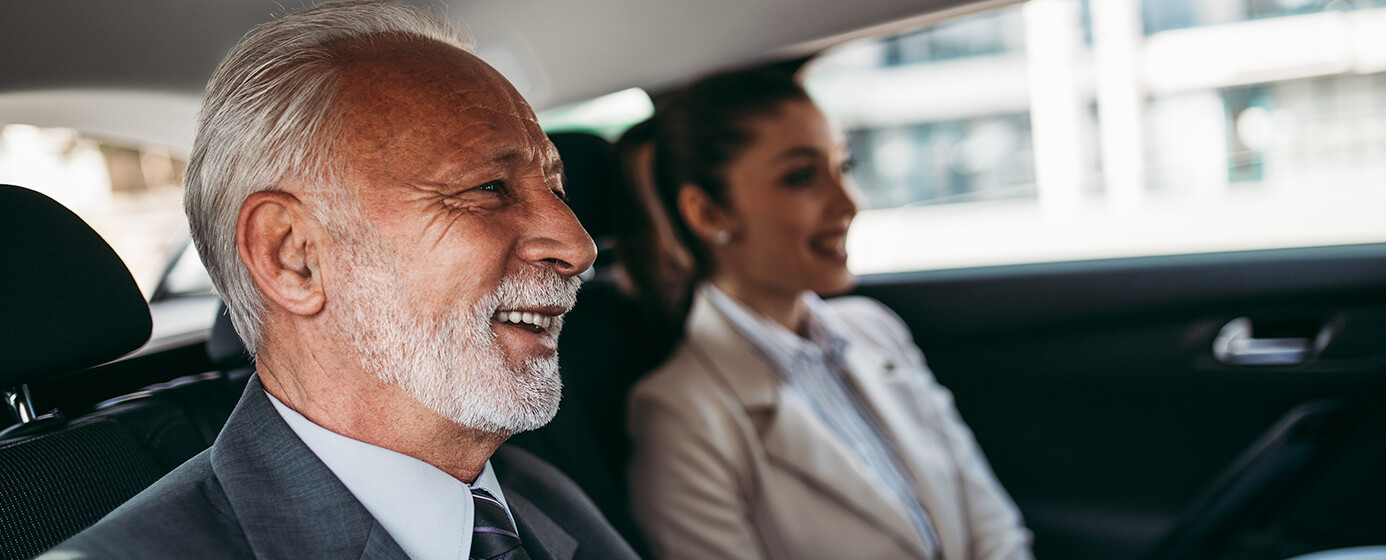Transportation
Behavioral Science to Influence Transportation Decisions

Transportation
Behavioral Science to Influence Transportation Decisions

Transforming the Way We Move
How we get around has a massive impact on greenhouse gas emissions.
Many cities and other institutions are working to shift transportation habits to reduce emissions. BEAR Hub can help apply behavioral science to reduce single-occupancy vehicle trips and encourage public transportation, biking, walking, or carpooling. When driving is necessary, we can help tailor training opportunities for drivers of cars, buses, trucks, or other vehicles that teach fuel-efficient operation. We can also help develop strategies to change more significant decisions, such as a household’s choice to buy an EV or plug-in hybrid (or not buy a vehicle at all).
Our approach considers communities' diverse needs, promoting equitable, practical solutions that make sustainable transportation more accessible for everyone.
Have a transportation program you'd like to talk to us about?
Apply for our technical assistance program!
Case Study from Transportation
This case study demonstrated BEAR Hub's five-step approach for applying behavioral science.

